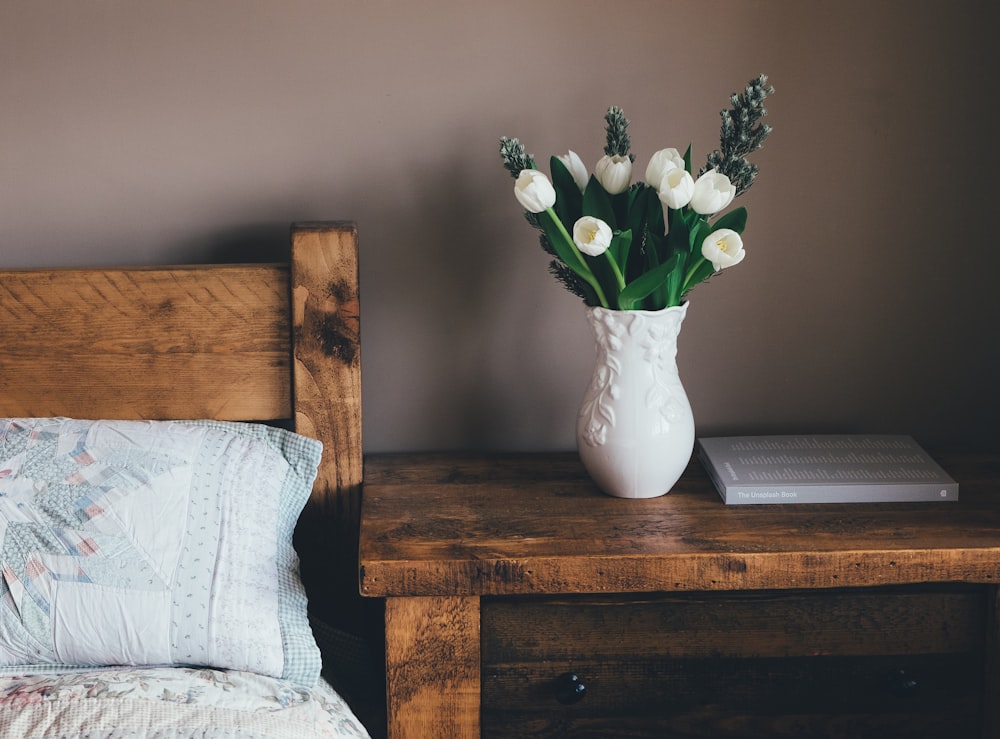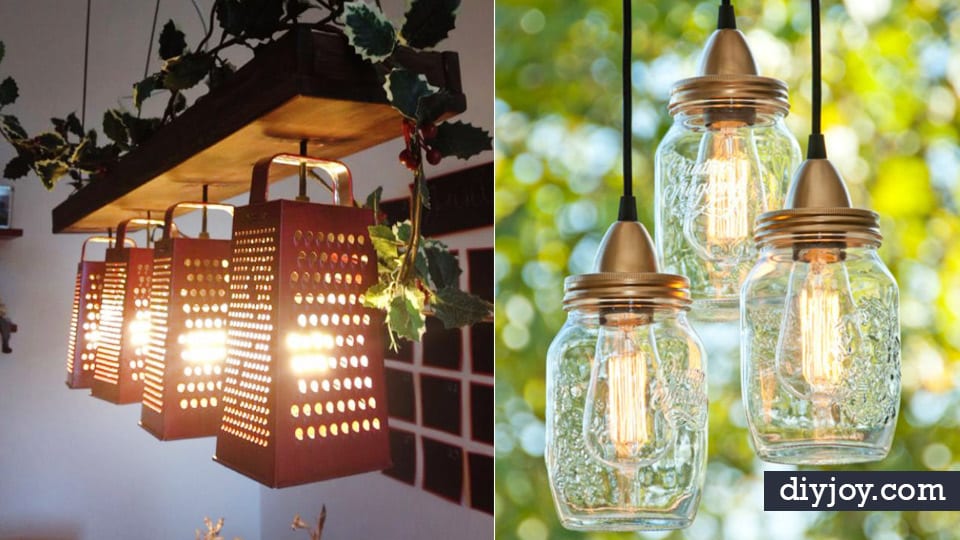Exploring the Beauty of Lavender Borders
Introducing Lavender Borders
Lavender borders bring a touch of elegance and tranquility to any garden space. With their delicate blooms and soothing fragrance, lavender plants create a serene atmosphere that enhances the beauty of your outdoor sanctuary. Whether you have a sprawling backyard or a small patio garden, incorporating lavender borders can transform your outdoor space into a tranquil retreat.
Choosing the Right Varieties
Before you begin planting lavender borders, it’s essential to choose the right varieties for your garden. There are many different types of lavender, each with its unique characteristics and growth habits. English lavender (Lavandula angustifolia) is a popular choice for borders due to its compact size and aromatic flowers. French lavender (Lavandula dentata) and Spanish lavender (Lavandula stoechas) also make beautiful additions to borders, adding color and texture to your garden landscape.
Selecting the Perfect Location
Lavender thrives in full sun and well-drained soil, so it’s essential to choose a sunny spot for your borders. Avoid areas with heavy clay soil or poor drainage, as lavender plants are susceptible to root rot in soggy conditions. If you’re planting lavender along a border or pathway, make sure to leave enough space between plants to allow for adequate air circulation and growth. Consider planting lavender near seating areas or walkways where you can enjoy its fragrance up close.
Designing Your Lavender Borders
When designing your lavender borders, consider the overall layout and aesthetic of your garden. Lavender pairs well with a variety of other plants, including roses, ornamental grasses, and salvias, so don’t be afraid to get creative with your plant combinations. You can create formal borders with neat rows of lavender plants or opt for a more naturalistic look with mixed plantings and irregular spacing. Incorporating different varieties of lavender with varying bloom times can also prolong the flowering season and add visual interest to your borders.
Planting and Care Tips
Once you’ve planned your lavender borders, it’s time to get planting. Begin by preparing the soil and adding organic matter such as compost to improve drainage and fertility. Dig planting holes slightly larger than the root balls of your lavender plants and space them according to their mature size. Water the plants thoroughly after planting and continue to water regularly until they become established. Once established, lavender is relatively low-maintenance and requires minimal watering, making it an ideal choice for busy gardeners.
Pruning and Maintenance
To keep your lavender borders looking their best, it’s essential to prune the plants regularly. Pruning not only helps maintain the shape and size of the plants but also promotes healthy growth and encourages more flowers. In late spring or early summer, trim back the spent flower spikes to encourage repeat blooming throughout the season. In late summer or early fall, give your lavender plants a light pruning to remove any dead or woody growth and tidy up the borders for winter.
Enjoying Your Lavender Borders
As your lavender borders mature and fill out, you’ll be rewarded with a stunning display of color and fragrance that enhances the beauty of your garden. Take the time to sit back and enjoy the sights and scents of your lavender borders, whether you’re relaxing in a nearby garden chair or strolling along a garden path. With their timeless beauty and therapeutic properties, lavender borders are sure to bring tranquility and joy to your outdoor space for years to come. Read more about lavender border ideas




